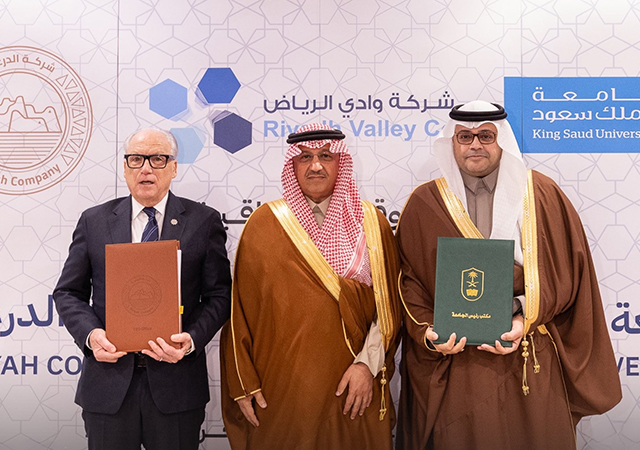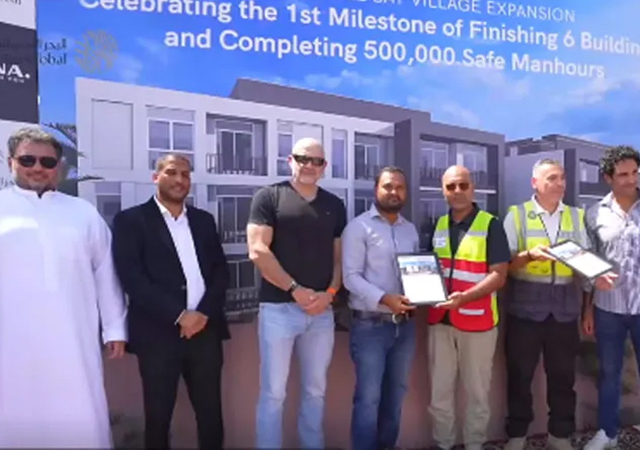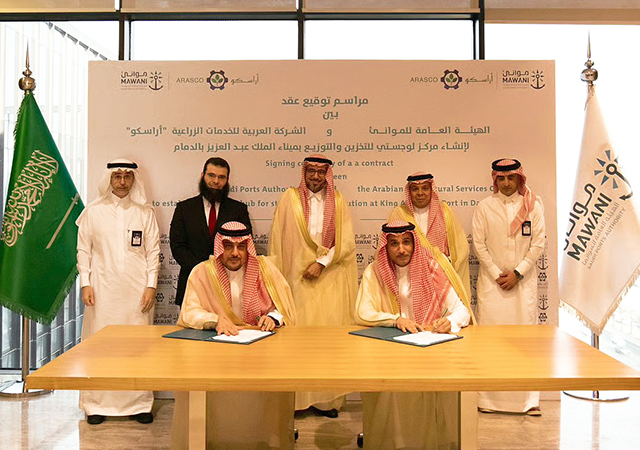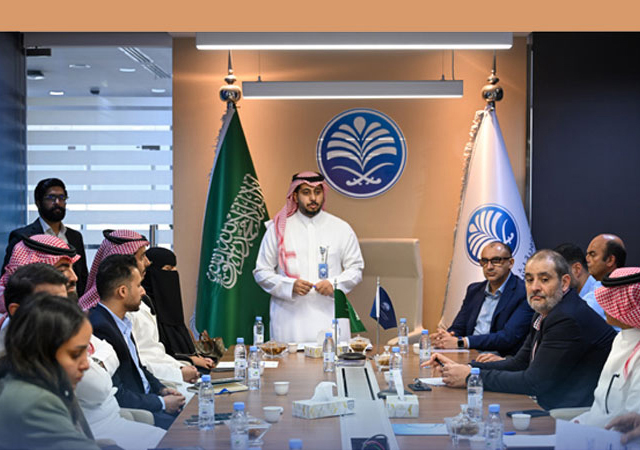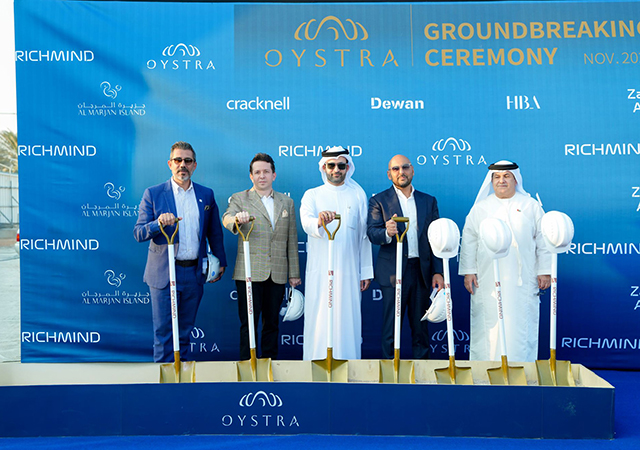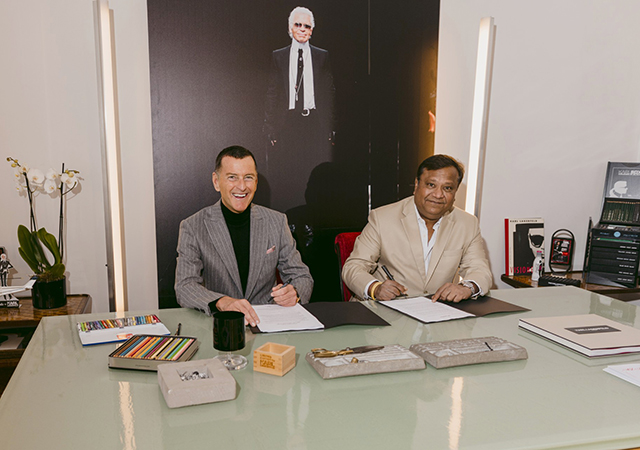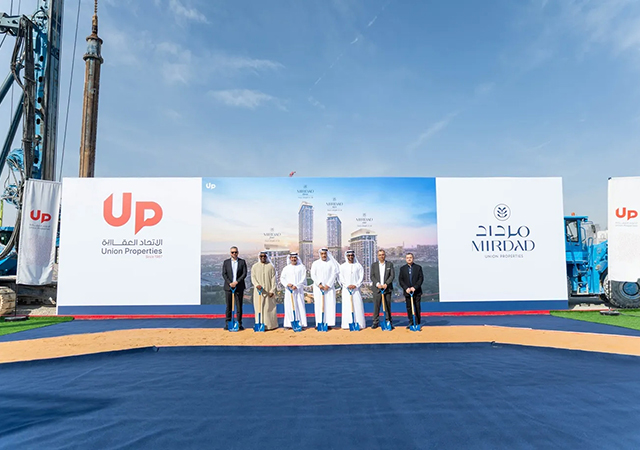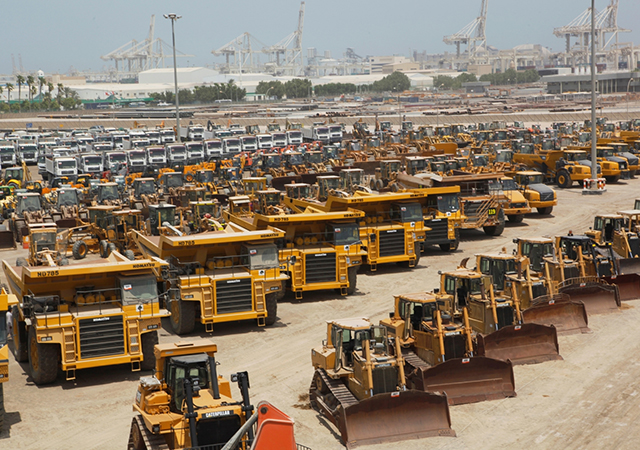
Sandvik Mining and Construction, a leading manufacturer of drilling and excavation machinery and a business sector of the Finland-based Sandvik Group, is taking innovative measures to make its drilling products for rock excavation environmentally friendly and safe.
According to Pasi Julkunen, head of research and development of Tamrock surface drills, at Sandvik Mining and Construction: “Dust is ubiquitous: it is, quite literally, everywhere. Under normal conditions it is harmless, but when working in very dusty conditions - which are common in construction, quarrying and mining - the dust gets serious.”
“Though it may take 20 years or more to show the effects of dust inhalation, typically in respiratory-related illnesses, there is always a clear and present danger. It is not the amount of dust that is the big problem (although great plumes of it can obscure visibility) but rather the type of dust in drilling and excavation areas.
“The visible particles are not that dangerous, it is the fine and almost invisible particles, that are the issue – especially those with high quartz content. By its nature, mining, quarrying and construction creates large amounts of such fine particles,” he adds.
Operator impact
To help lessen these health risks associated by dust, Tamrock has recently developed Zero Dust – also known as DustMizer in the US – a system that binds dust by spraying a natural and environmentally-friendly agent into the rock-drill flushing air.
Additionally, the agent is also sprayed to the lower end of the dust collector and the resulting mist increases humidity and transforms the dust into a harmless granular material.
“Though technically speaking, it’s very hard to manage dust,” Julkunen goes on to say “but working habits play a big role – and just have to change. We need to encourage operators to stay in the cab as much as possible. Modern cabs are not only ROPS and FOPS protected, they are also isolated from the elements – and the dust – by effective seals and air filters.”
“Not only do the operators need to be in the cabs, they need to be in them with the door shut, in quiet air-conditioned comfort. Even that will not help if the cab is not kept clean and free of dust. Replacement filters also should be original, as the ‘grey’ non-OEM alternatives may be less expensive but are also often less effective in the long run. It is not only the cabs, but also the new drill rigs that have been designed with the intention to reduce the need for operators to leave their cabs to attend to the machine.
But despite such innovations, operators working outside the cabin should always wear respirators for full protection. The respirators should be also be approved by the respirator manufacturer for the job the operator is doing. Sandvik recommends this because, ultimately, the operator does have to get out of the cab, and the drill is not the only source of fine dust – the blasting, loading and hauling process also creates it.
Noise impact
Dust is not the only health consideration. While vibration is not an acute problem since the operator is far removed from the drill head, the noise factor becomes a major consideration. This is not just for the long-term negative impact on hearing capacity but also because it can obscure other noises and dangers in the vicinity, he points out.
Several universities and research institutes along with Tamrock’s in-house research and development department have carried out studies in this area. Acoustics experts focused not only at the total noise levels but also where the noise was coming from and the solution arrived at was simple but high-tech.
A innovative but simple tube shrouding system immediately reduced total noise levels by an enormous amount of 10dB(A) and solved the problem, says the spokesman.
High-tech possibilities currently being considered include ‘anti-noise’, which cancels out noise of the same frequency. The latest legislation-complaint engines are also low noise which create more power at lower engine speeds and hence less noise.
These studies in collaboration with research institutes have also been very useful in developing environmentally-friendly rock drilling equipment.
The Sandvik Group, a high-technology engineering group has a world-leading position in many areas offering advanced products such as tools for metalworking, machinery and rock excavation among others. The group currently boasts of a 37,000-strong workforce in 130 countries and an annual sales turnover of about SEK 50 billion ($6.3 billion).







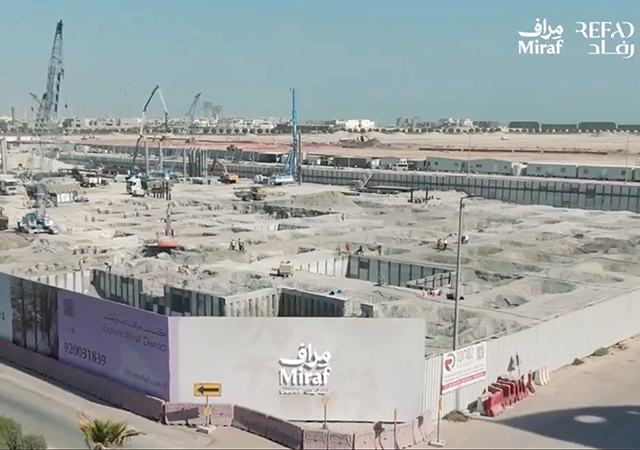
.jpg)



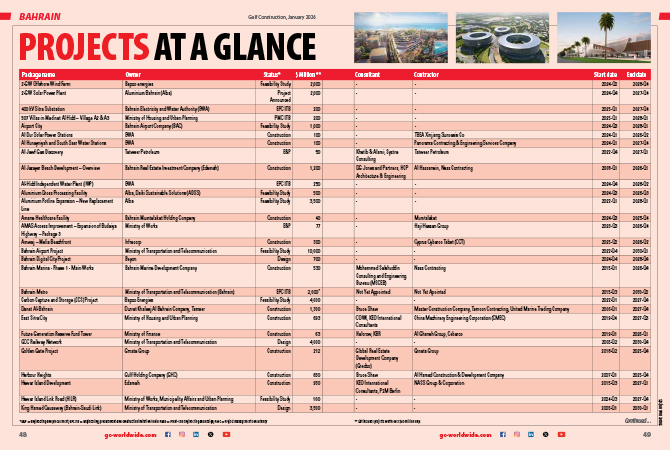
.jpg)

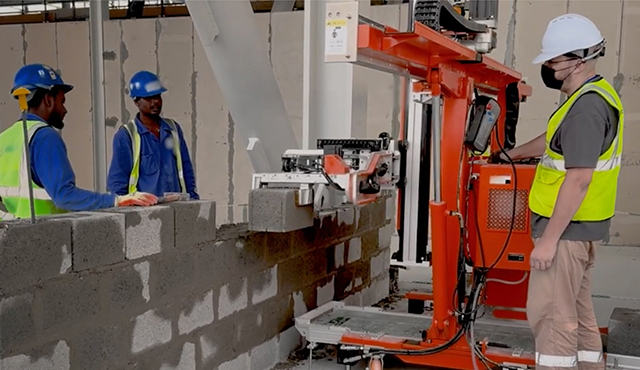
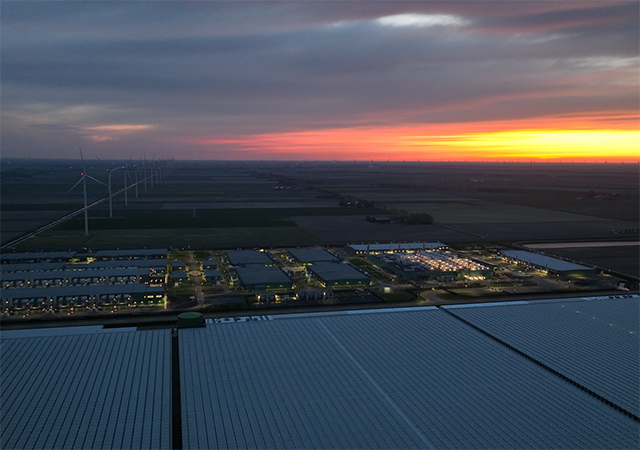
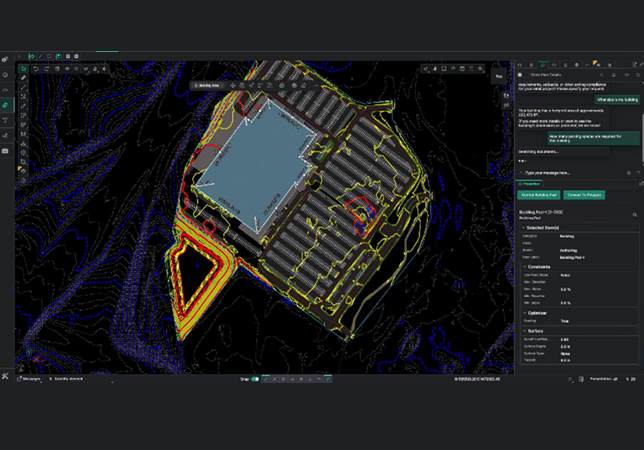

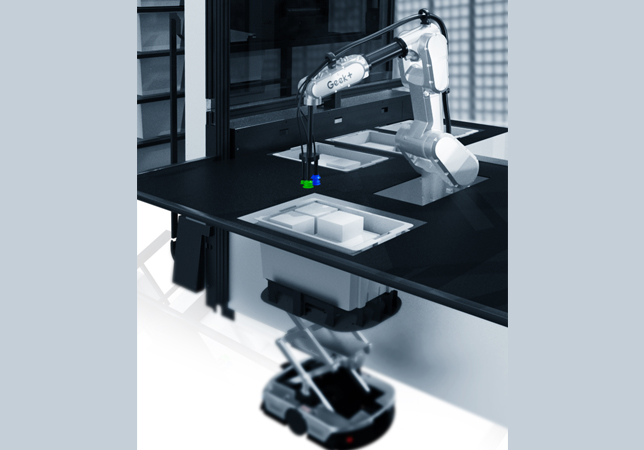


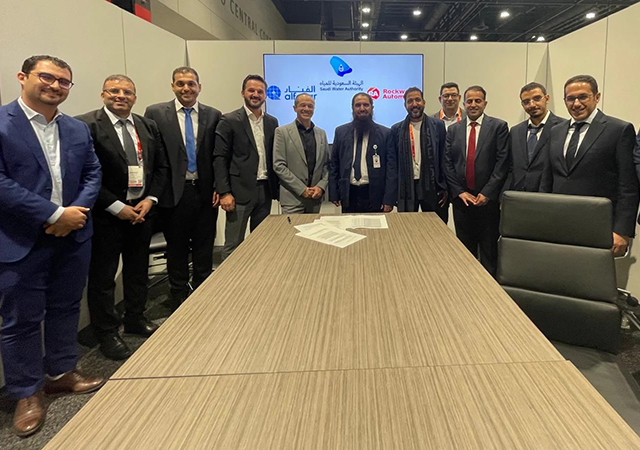

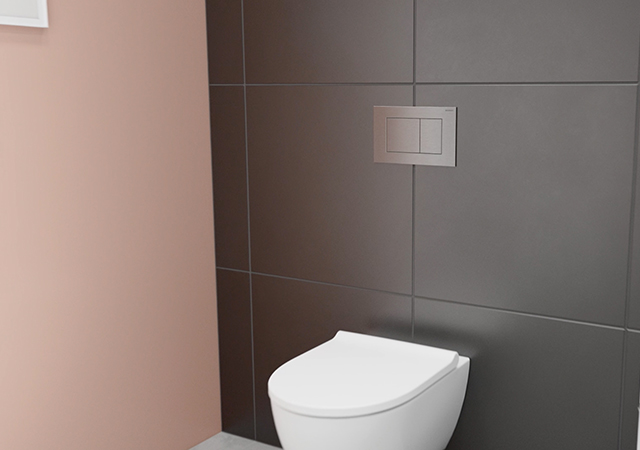
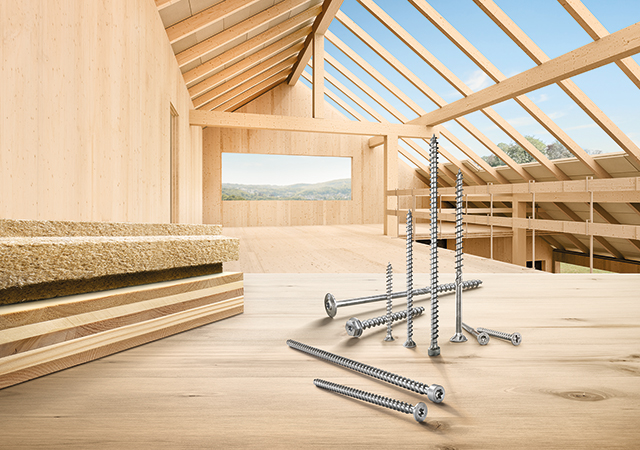
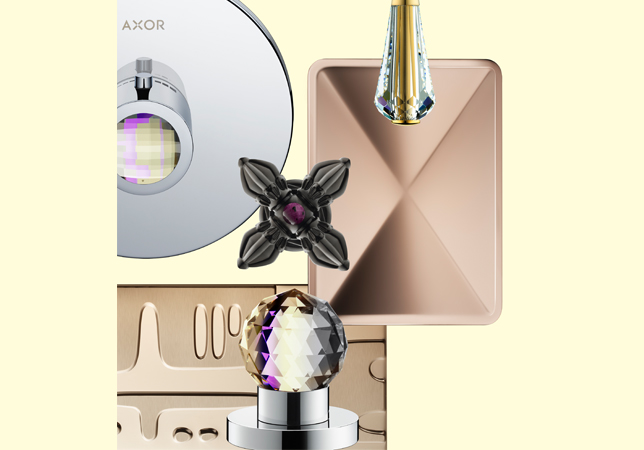

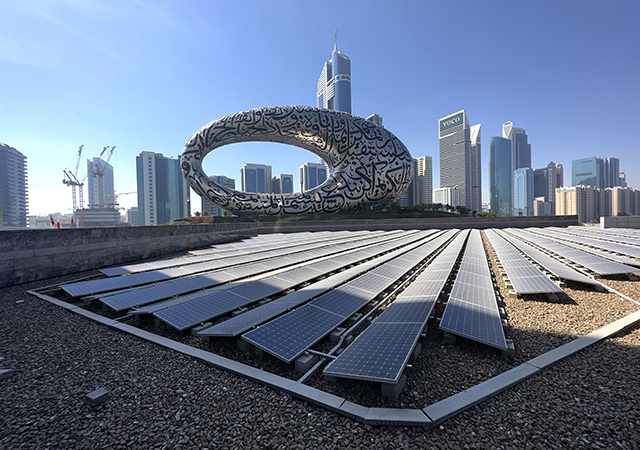
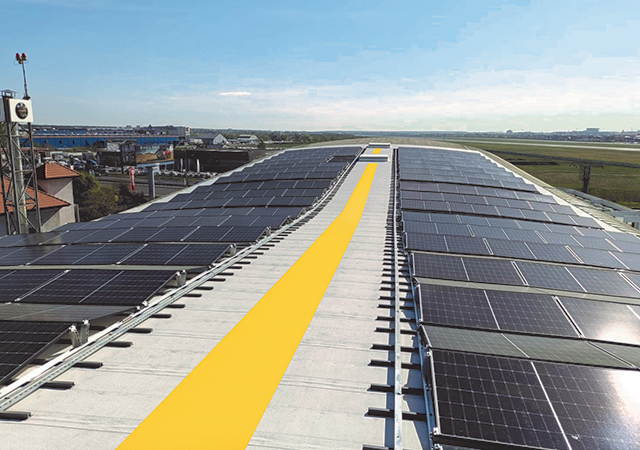
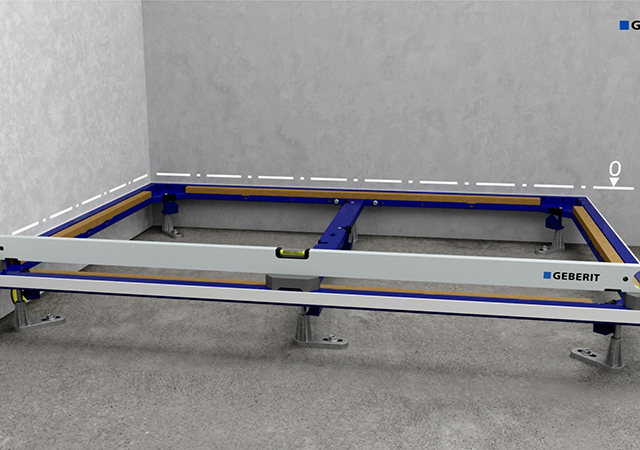

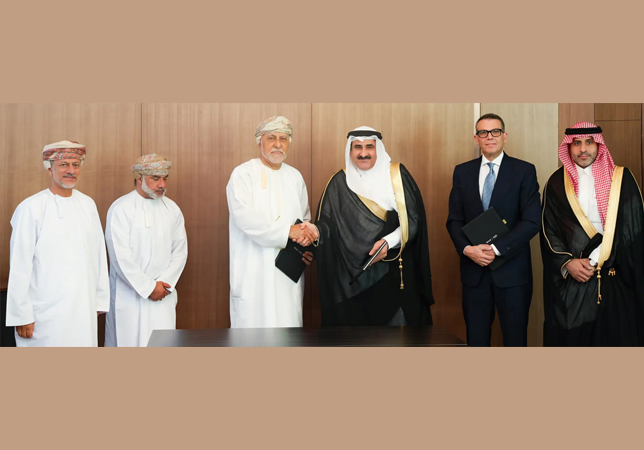




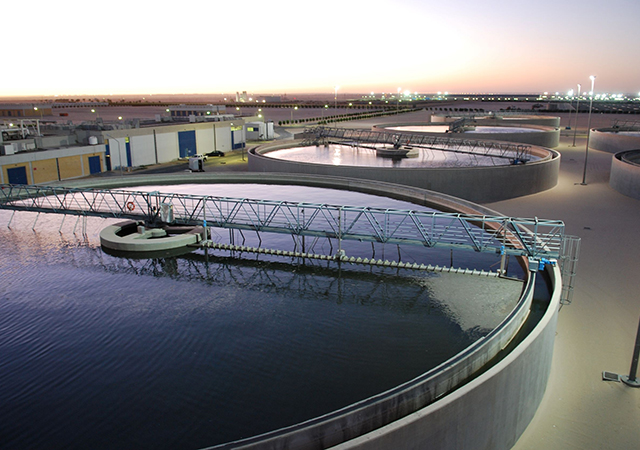
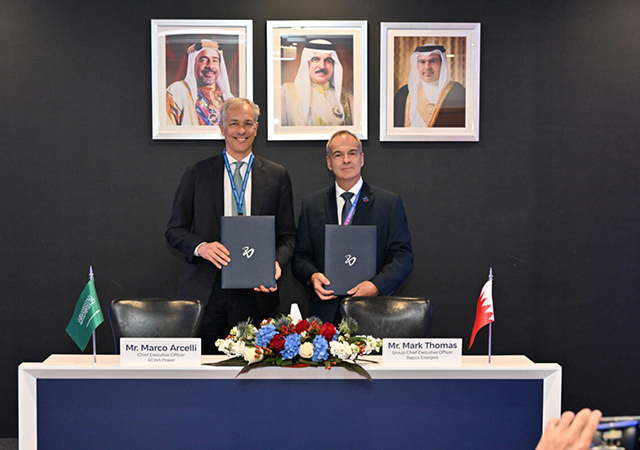


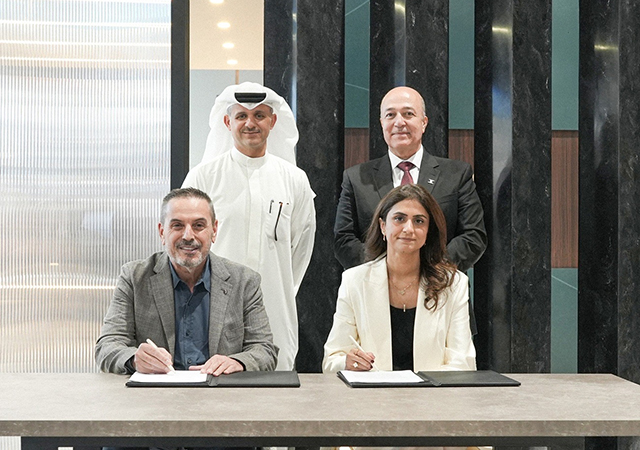
.jpg)
